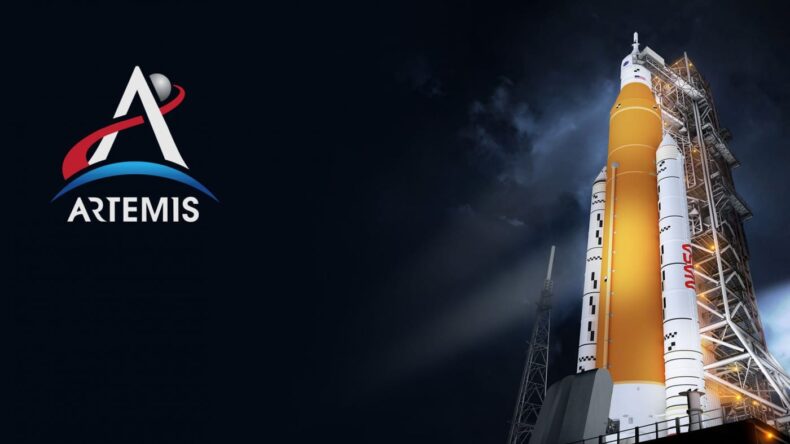Due to an approaching hurricane Ian, the United States space agency will remove the Artemis-I Moon rocket from its launch pad in Florida.

To protect the Space Launch System (SLS) vehicle, NASA will roll it back into its engineering workshop.
Thursday is expected to be the day that Hurricane Ian makes landfall in Florida. Ian is currently moving through the Gulf of Mexico, and the forecast for the Kennedy Space Center includes strong winds and heavy rain.
Although the spaceport will likely escape the worst of the storm’s effects, NASA cannot risk damage to its multibillion-dollar rocket.
The return to Kennedy’s renowned Vehicle Assembly Building (VAB) will now delay the SLS’s first flight until late October at the earliest, and possibly until late November, NASA had hoped that the storm’s path through the Gulf would take it far enough west to allow the rocket to remain on the launch pad and allow for a quicker launch.

In recent hours, however, medium-range forecast models have shown the expected track shifting eastward, putting the west coast or panhandle of Florida directly in the path of the storm.
Governor Ron DeSantis of Florida has already issued a “state of emergency.”
One of Nasa’s massive tractors is positioned at the pad, ready to initiate the roll-back, This Crawler Transporter moves so slowly that the 6.7-kilometer (4.2-mile) journey to the VAB takes the better part of a day. Therefore, engineers will want to initiate it as soon as possible.
The retreat will likely commence at 04:00 BST (23:00 EDT).
Artemis-I is the first in a series of missions that will ultimately lead to the return of humans to the lunar surface after a 50-year absence and the first flight of the SLS will be unmanned, serving as a safety demonstration of the hardware, and will send the Orion capsule beyond the Moon before splashing down in the Pacific Ocean.

Assuming all goes according to plan, astronauts will board the next scheduled SLS-Orion mission in 2024. This will once more perform a simple loop around the Moon, Astronauts will descend to the lunar surface aboard Artemis-III, possibly by the end of 2025.













